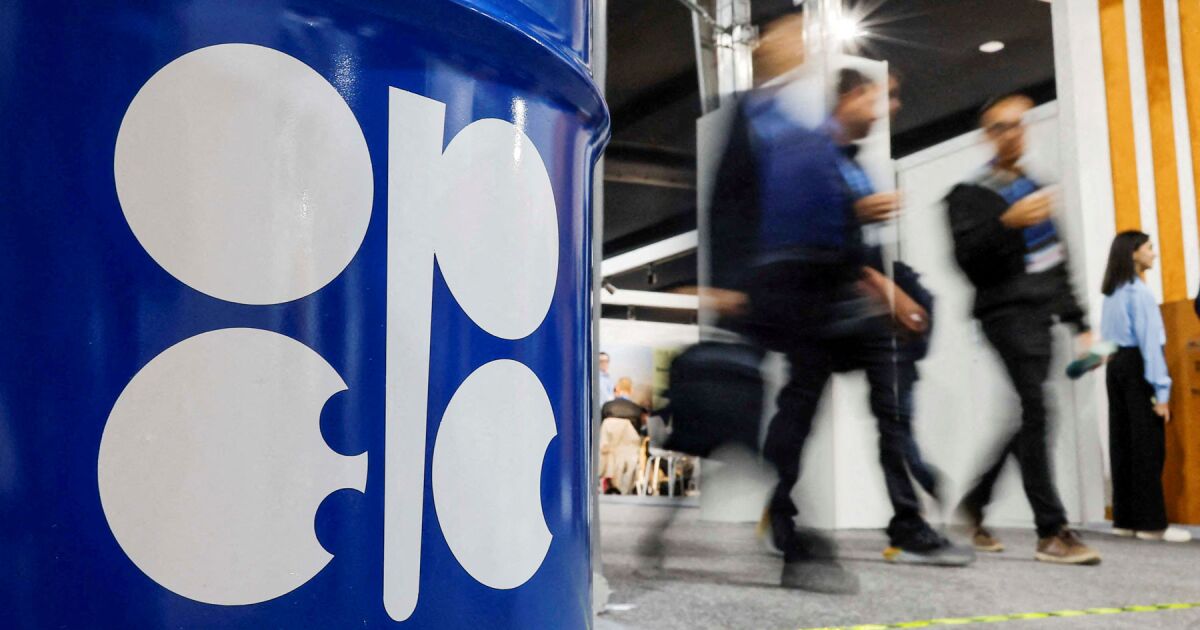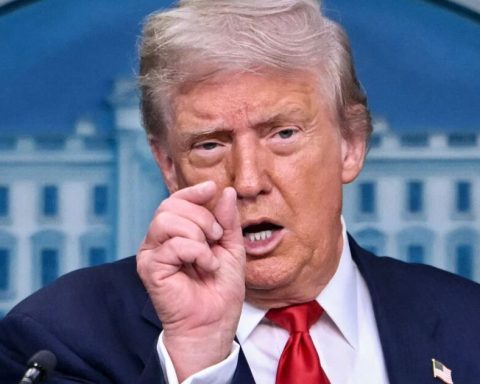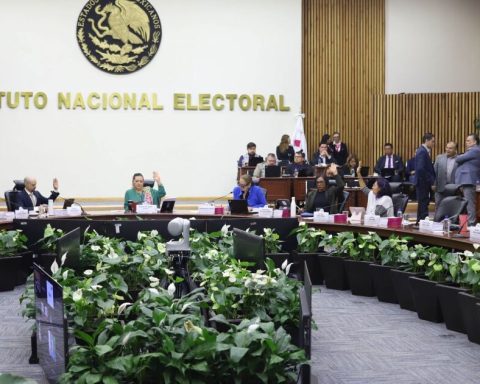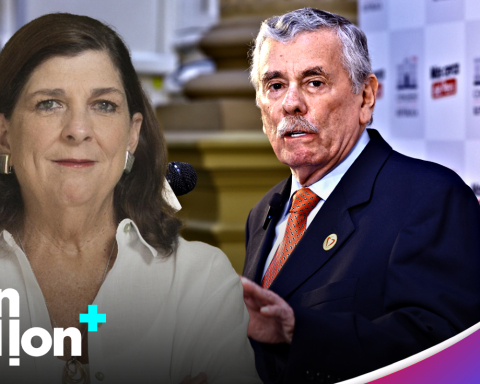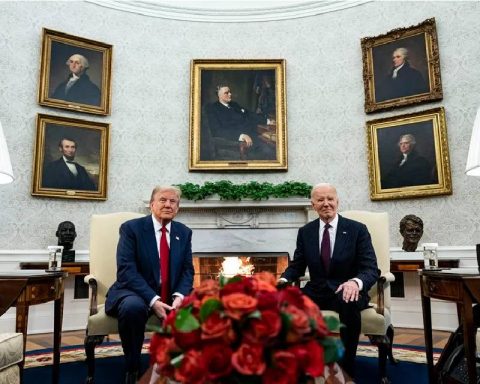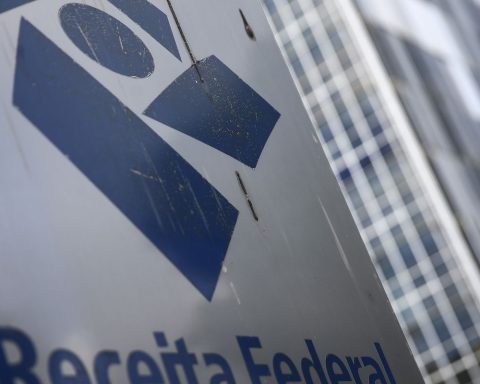The point of view of the OPEC on the demand is located at the upper end of the forecasts and expects consumption to continue increasingunlike the International Energy Agency (AIE), which considers that the demand will reach a maximum of this decade for the change to cleaner fuels.
In the report, the OPEC said that the Commercial policy of the government of President Donald Trump has added uncertainty in the marketscreating possible imbalances between the supply and demand that do not reflect the foundations, but made no change in its prognosis of economic growth by 2025.
“It remains to be seen how and to what extent the possible tariffs and other political measures will be developed,” OPEC said in the report. “Until now, it is not expected to affect the current underlying growth hypotheses.”
The oil remained stable after the publication of the OPEC report, with the Brent Lcoc1 oil quoting down 76 dollars per barrel.
The IEA foresees a demand growth in 2025 of 1.05 million BPD, lower than that of the OPEC, although the gap between the two by 2025 is much lower than by 2024, when the division reached a historical maximum due to the differences on the rhythm of The energy transition.
The OPEC+, which groups the OPEC already allies as Russia, has applied a series of production cuts since the late 2022 to support the market. Its current plan foresees a gradual increase in oil production from April.
